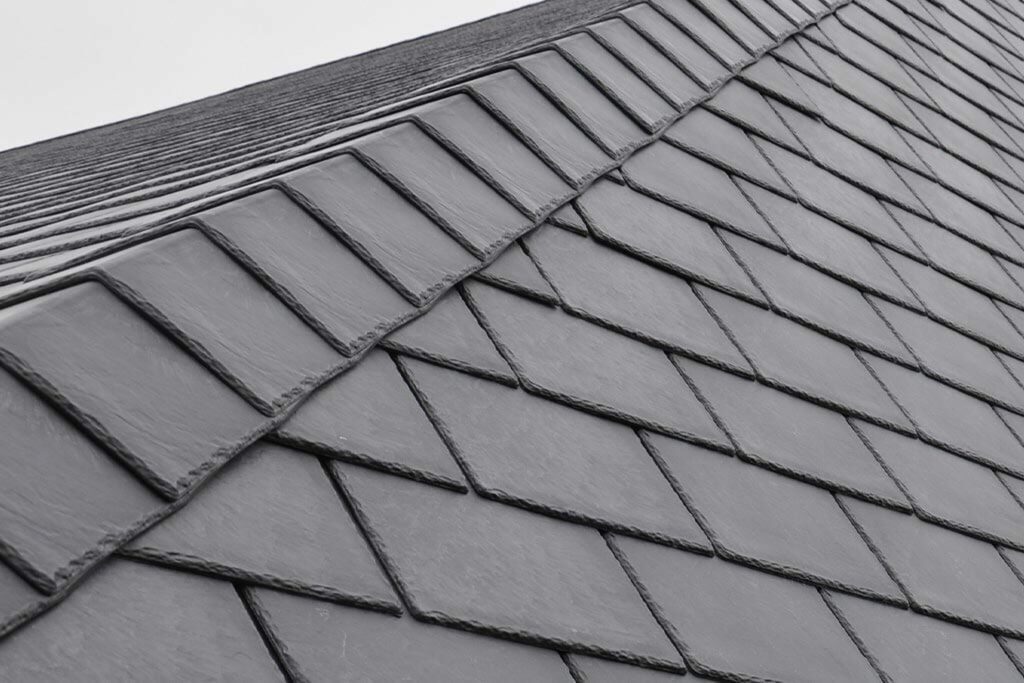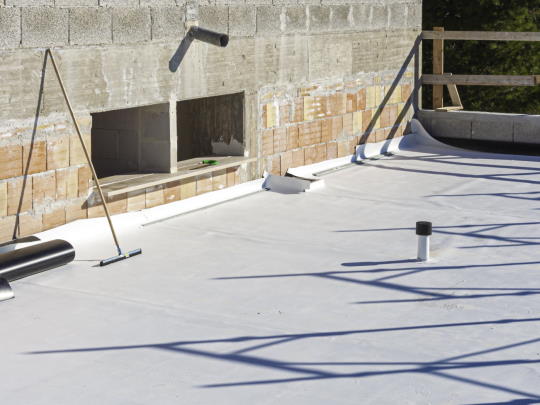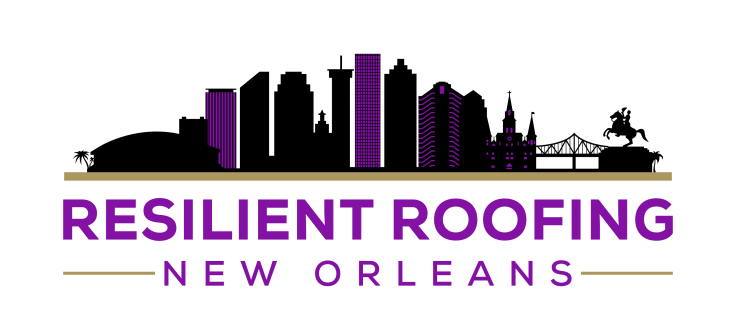For the Highest Quality Roofing at the Most Competitive Prices, Contact Us Today. Any questions? Call and ask!
For the Highest Quality Roofing at the Most Competitive Prices, Contact Us Today. Any questions? Call and ask!
Rubber roofing is a type of material used on most flat and low slope commercial roofs. It usually lasts longer than shingle or other roofing materials, has a higher waterproof rate, and can resist fire damage. If you are a business owner and looking for effective roofing material, consider a rubber roof.
If you do not know what type of materials are used on your building’s existing roofs or if the owners would like to switch to a different material but still meet their needs, read below for more information about some types of rubber roofing available in the market today.
Get a Free Quote
It is one of the most commonly used rubber roofs in commercial buildings because it has a high waterproof rate, can last longer than shingle or other roofing materials, and resists fire damage.
The core strength of a built-up roof is the use of multiple layers. If one layer gets punctured or starts to leak near the seams, an additional layer can take its place. This type of roofing also has a high tear strength and great resistance against harsh weather conditions.
The top surface of the Bitumen roof is covered with gravel which protects the underlying layers from harsh UV rays. It helps to prolong the lifespan of a built-up roof.
Multi-ply roofs made out of Modified asphalt is another type of rubber roof that uses bitumen and an underlying layer made up of gravel or mineral granules.

Single-ply Rubber Roofs are typically built to be very strong but can also have a thinner profile, making them lighter weight than modified bitumen roofs. As a result, they require less maintenance and can be installed quickly. Depending on the season, installation typically involves a rubber membrane roof and insulation to protect the building from heat loss or gain.
Additionally, single ply membranes may come with different types of reflective coatings for improved thermal performance and UV protection from the sun’s harmful rays.
The most commonly used type of single-ply roofs is PVC, TPO, and EPDM Roofing Systems
Get a Free Quote
A PVC roof is a single-ply rubber roof that has gained popularity because it is lightweight, low maintenance, and durable. They are made out of polyvinyl chloride, a thermoplastic polymer with many applications in the construction industry, including roofing materials.
PVC roofs are resistant to chemicals, such as solvents, oils, gasoline, grease, battery acid. It can also resist damage from ultraviolet rays preventing sun fading on the color pigments in a roof. Furthermore, tear-resistance makes them durable enough to withstand high winds without tearing or flapping at high speeds. They are made out of polyvinyl chloride, a thermoplastic polymer with many applications in the construction industry, including roofing materials.
TPO roofing is an acronym for Thermoplastic Olefin. It’s a type of single-ply membrane that is environmentally friendly to install and recycle if necessary. It is also naturally resistant to algae, mold, and mildew growth.
TPO roofs are made of a high-density polyethylene polymer base combined with fillers such as fiberglass for reinforcement. As a result, they have the best resistance against punctures compared to other single-ply roofing materials. Furthermore, they can be easily recycled, which makes them beneficial from an environmental standpoint. TPO membranes often come with reflective coatings that improve thermal performance by reflecting sunlight away from building surfaces, making it easier to maintain cool temperatures inside buildings during warmer seasons.
However, the exposed fasteners can start to rust or if they are made with rust-proof material, then the seal ring may start to break apart due to UV radiation exposure. This can cause leaks and ever a rust stains on the roof and building. So, corrugated metal roofing New Orleans is used when the building is not exposed to heavy weather conditions.
The most common type of metal roofing is what is known as a standing seam metal roof, which features hidden seams that are lined up with the angle of the roof, creating a seamless look from the street.
Another common type is stamped metal roofing, which has the appearance of tiles and shingles but offers less protection against weather damage.
EPDM stands for Ethylene propylene diene monomer rubber. It’s a type of single-ply membrane with good weather ability and resistance to animal fats and oils. In addition, it has a high resistance to heat and chemicals.
EPDM rubber roofing membranes have a good track record than PVC and TPO. It is being used since the 1960s. Although the other two are better alternatives, EPDM rubber roofs are more affordable when installation cost is taken into consideration.

A Coal tar epoxy coating is a black-colored liquid that can be applied to roofs as an environmentally friendly alternative for roofing. It features good adhesion properties and provides long-lasting protection from the elements. In addition, coal tar also offers better resistance against algae growth than other types of rubber roofing membranes.
Furthermore, it does not require any primers or special surface preparation, which allows doing-it-yourself homeowners to install these on their roofs without too much trouble.
Get a Free Quote
Apart from the different rubber roofs available, there are many benefits to installing them on your commercial buildings. Rubber roofing membranes can last up to 25 years depending on manufacturer warranties that may range around 20-30 years or more. Here are some of the benefits of installing a rubber roof.
Depending on manufacturer warranties, rubber roofs only require occasional cleaning and inspections to ensure that they’re in good condition. They also do not need re-coating or painting, making them extremely low maintenance compared to other roofing membranes.
Although there are a lot of benefits to rubber roofs, they’re not suitable for every building. Therefore, it’s important to research and compare different types of rubber roofs before deciding about installing one on your property.
It’s important to research before choosing which type is best for your property. You may also want to consult with a professional contractor who has experience working with these types of membranes so they can provide advice and answer any questions you might have regarding how long they last or what other factors should be considered.
